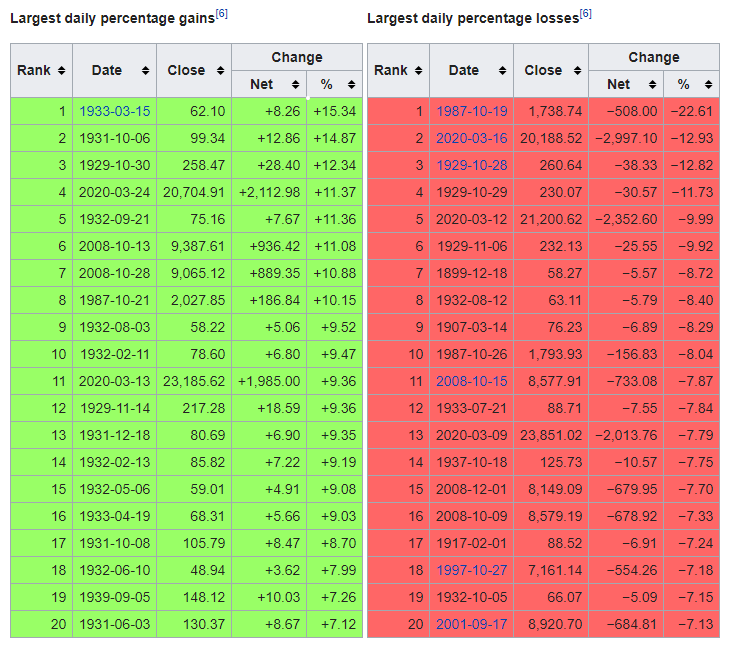I try to seek answer from history. I consider all thoughts which are prevailing (including ancient scripture, I do believe that something survive over 2000 year+ definitely has more substance than to call them “Mythology”).
The seed for my thought is Nirvanashtak by Adi Shankaracharya. When describing inner Self or Atma Shankaracharya start with concept what is not “Atma”? I find priciple of exclusion more important than inclusion, as it reduce scope for decision making. Lesser decisions, better is investing process in long term in my opinion.
My basic thought process:
- I have limited understanding of investing world. I DO NOT any special skill to outperform market.
- But shall I be bothered to outperform the market? Personally, investing journey for me is my development as individual. It is mirror of my personality. I have drawn some basic rule for me which I always follow:
a) Do not invest in leverage players. It has many moving parts. Also, not having any knowledge about how to value business which would have only free cashflow in terminal value. I WILL NOT invest in business of lending. (Not saying it shall be applicable to every one, what is poison for me may be nectar for others)
b) While I can digest loss of networth in my account, can not digest same for others. Hence, even while I may have to sacrifice income of PMS/Fund management, I WILL NOT manage other person’s money.
c) Being a credit analyst first, I look at investing in business first from credit angle. Credit analyst generally look at ability to pay and willing to pay. Ability would change over time but willingness will rarely change. Try to avoid willingness issue management in investment. Willingness in equity investing mean intent to promoter to share wealth with minority shareholder. I WILL NOT invest in the unproven management which are not giving dividend/buyback.
d) Return from equity investment has more to do with software (behaviors) than hardware (valuation, growth prospect, management assessment). I DO NOT any special skills in assessing hardware, but try to improve a lot on software. How I react to market is more and more important than how I act in market. - @zygo23554 already put a very critical risk curtailment measure by way of allocation. I have four asset classes available for investing. Equity, Fixed income, Real estate and Bullion. I have range of 50-90% of equity, <50% in Fixed income, <20% Real estate and <20% in bullion. Considering my risk reward profile, I decided to have around 70-75% allocation in equity during 2018-19 periods. It continues to remain same during the period, but as market decline, my equity allocation is systematically decline. When allocation would reach to 60%, I may reconsider changing asset allocation again from debt to equity. However, at any time, Fixed income + Dividend (my guess which may be wrong) shall provide for at least 110% my expected life style expense, as I am not selling my time for money (not having alternative income stream from either working or business).
- Last @Donald suggested, objective of investing process is to maximise return per peaceful sleep hour. Anything which affect long term sleep order will have disastrous impact on overall wellbeing of an individual. Learning from @deepinsight, respect your health and peaceful mind. The objective of investment process is to improve (or maintain at least) present health and peaceful mind. If investment journey is not adding to it, evaluate your thesis from scratch.
- Understanding meaning of “Sthitprgya” try practice same in volatile time. Evaluate myself against my previous behaviour in such volatile time. Personally, despite I have more allocation in equity market than 2008 and decline is likely to more stiff in 2020 than in 2008, I am happy about my reaction to market situation. Trigger of allocation in Fixed income insulated me from basic requirement. I consider this volatility temporary. Any way have around 70% allocations in equity. Further decline in equity valuation, would systematically Debt allocation, appreciation in equity valuation would be good as well (if not great) as have still 70% of allocation in equity.
Disclosure: I may change my investment thesis anytime without intimating forum. Reader shall try to write down on piece of paper what they want achieve from investment. (This was told to me by my first mentor Mr. Sunil Mehta while evaluating industry. Whenever try to attempt to look into future, try to write down your thought with pen on paper. I find this excercise very useful.) Please do it alone and think through. Keep social distancing from mobile/laptop and individual at first time attempting same. Consult same with family and then finalise your investment process. Investment is mean to achieve personal goal and not other way round. Apology for a long post with no solid actionable. Just trying to reinforce my thought again for me relearn.


